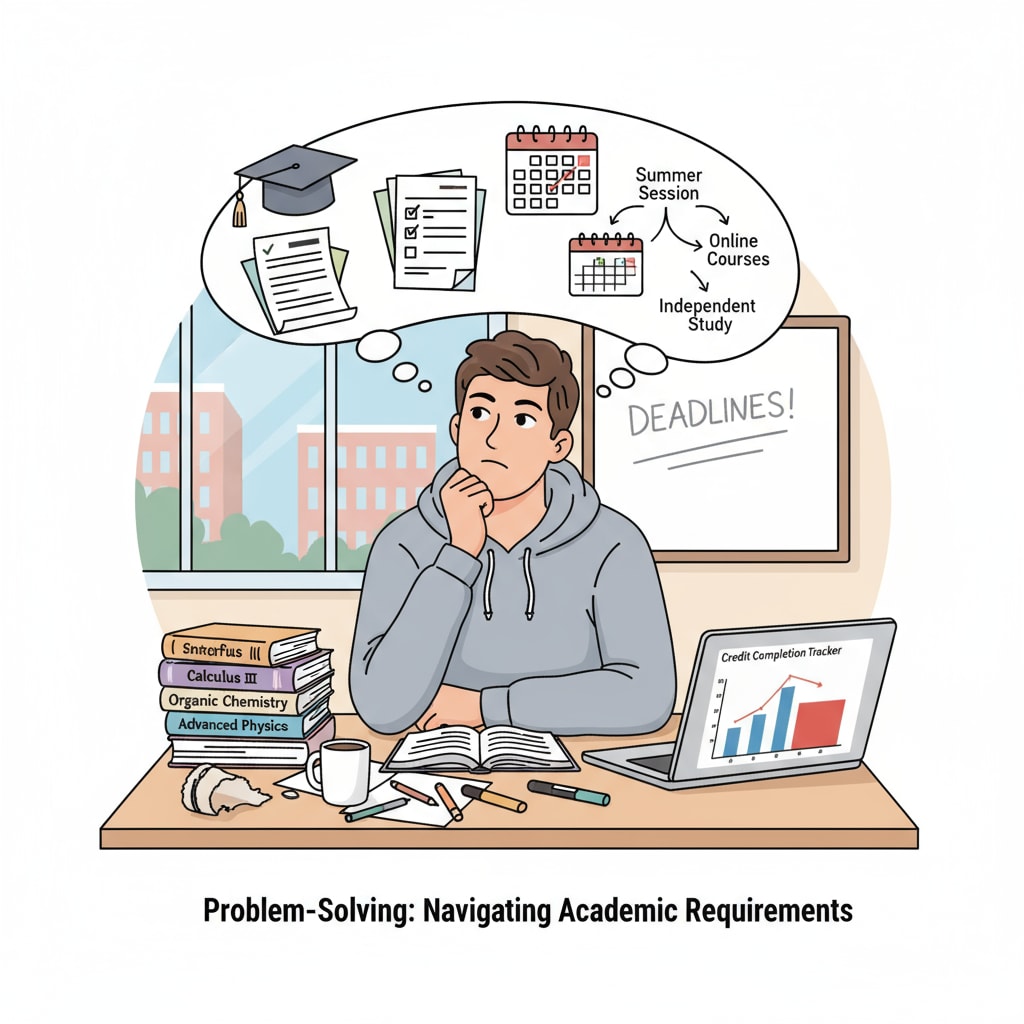At 22 years old, if you find yourself with insufficient credits to graduate, don’t panic. There are numerous practical strategies and pieces of advice that can help you get back on track towards graduation. Let’s explore how you can complete those missing credits.

Credit Assessment: The First Step
The initial step is to conduct a thorough credit assessment. Contact your college’s academic advisor. They can provide you with a detailed breakdown of the credits you’ve earned so far and those still required for graduation. For example, some courses might have been transferred incorrectly, or there could be misunderstandings about credit requirements. Understanding this clearly is crucial. According to Indeed’s guide on graduating with insufficient credits, having a precise credit assessment is the foundation for formulating a successful credit-completion plan.
Online Courses: A Flexible Option
Online courses are an excellent option for 22-year-olds aiming to complete missing credits. Many reputable universities and educational platforms offer a wide range of courses. These courses provide flexibility in terms of time and location. You can study at your own pace, fitting the learning around your existing schedule. For instance, platforms like Coursera and edX collaborate with top institutions globally. You can find courses that align with your major requirements. As stated on ThoughtCo’s page about the advantages of online education, online learning gives you the freedom to learn whenever and wherever you want, making it an ideal choice for credit recovery.

Another alternative is enrolling in community college courses. Community colleges often have more accessible admission requirements and offer a variety of courses at a lower cost. They also have a more flexible schedule, which can be beneficial for those with other commitments. Some community college courses can be transferred to your original institution, allowing you to earn the necessary credits. You should check with your college’s transfer credit policy first to ensure a seamless transfer process.
In addition to traditional courses, alternative certifications can also be a path to earning credits. Some professional certifications are recognized by colleges as equivalent to certain courses. For example, if you obtain a specific industry certification, it might count towards your graduation requirements. This not only helps you complete credits but also adds valuable skills and credentials to your resume.
Readability guidance: By following these steps and exploring different options, 22-year-olds can effectively complete their missing credits and move closer to graduation. Remember, with determination and a well-planned approach, you can overcome the credit shortage and achieve your educational goals.


